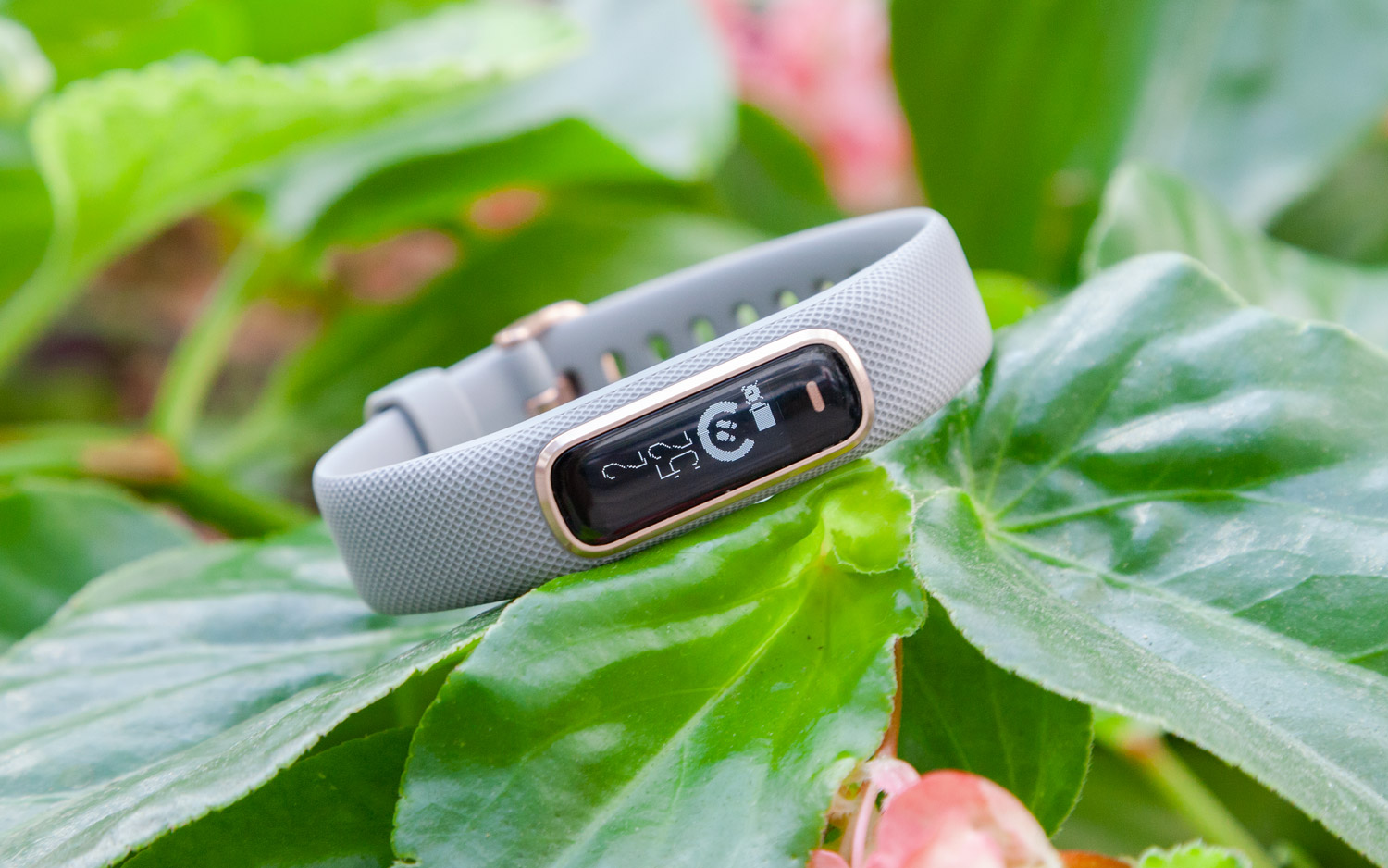Tom's Guide Verdict
Tracking sleep, stress and energy levels is endlessly interesting with the sleek, stylish Vivosmart 4, but an unresponsive display and inaccurate run tracking proved frustrating.
Pros
- +
Slim, stylish design
- +
Body Battery feature
- +
Advanced health tools
Cons
- -
Inaccurate run tracking
- -
Small, unresponsive screen
Why you can trust Tom's Guide
Garmin Vivosmart 4 Highlights
- Who is it for? People who want a better sense of their overall health.
- What does it track? Distance (poorly), heart rate, blood oxygenation, sleep, stress and your body's energy levels.
- Is there GPS? No, and you can't even get location data through your phone.
- How long is the battery life? About four days using all its sensors, or up to seven without pulse ox enabled.
Fitness trackers have fallen by the wayside as smartwatches have grabbed the spotlight, and that isn't going to change anytime soon. But some people don't want to spend hundreds of dollars on the latest Apple, Samsung or Wear OS watch, instead preferring to snag a cheap fitness band.
But even basic trackers have had to up their game now that the competition for your wrist has grown more fierce. Garmin, which has made its GPS running watches more like smartwatches, is now turning its ultrafunctional fitness trackers into style-conscious, sensor-packed bands. But can the Vivosmart 4, Garmin's latest fitness tracker, challenge Fitbit for the top spot?
Spoiler alert: It cannot. Here's why.
This tracker's got style ...
Fitness trackers are evolving from chunky devices you'd feel comfortable wearing only to the gym to all-day accessories that don't look out of place at the office or out to dinner. Fitbit has led the pack when it comes to turning fitness trackers into fashionable accessories, but Garmin is finally paying more attention to how its devices look. The Vivosmart 4 is one of the better-looking bands around. The one downside is its unibody design, which doesn't let you swap in other bands to change up your look.
Garmin added a metallic trim both around the display and on the band clasp for a little visual interest, though I wish there were an option, like the one Fitbit offers, to switch out the bands when I tire of the sporty, textured material.
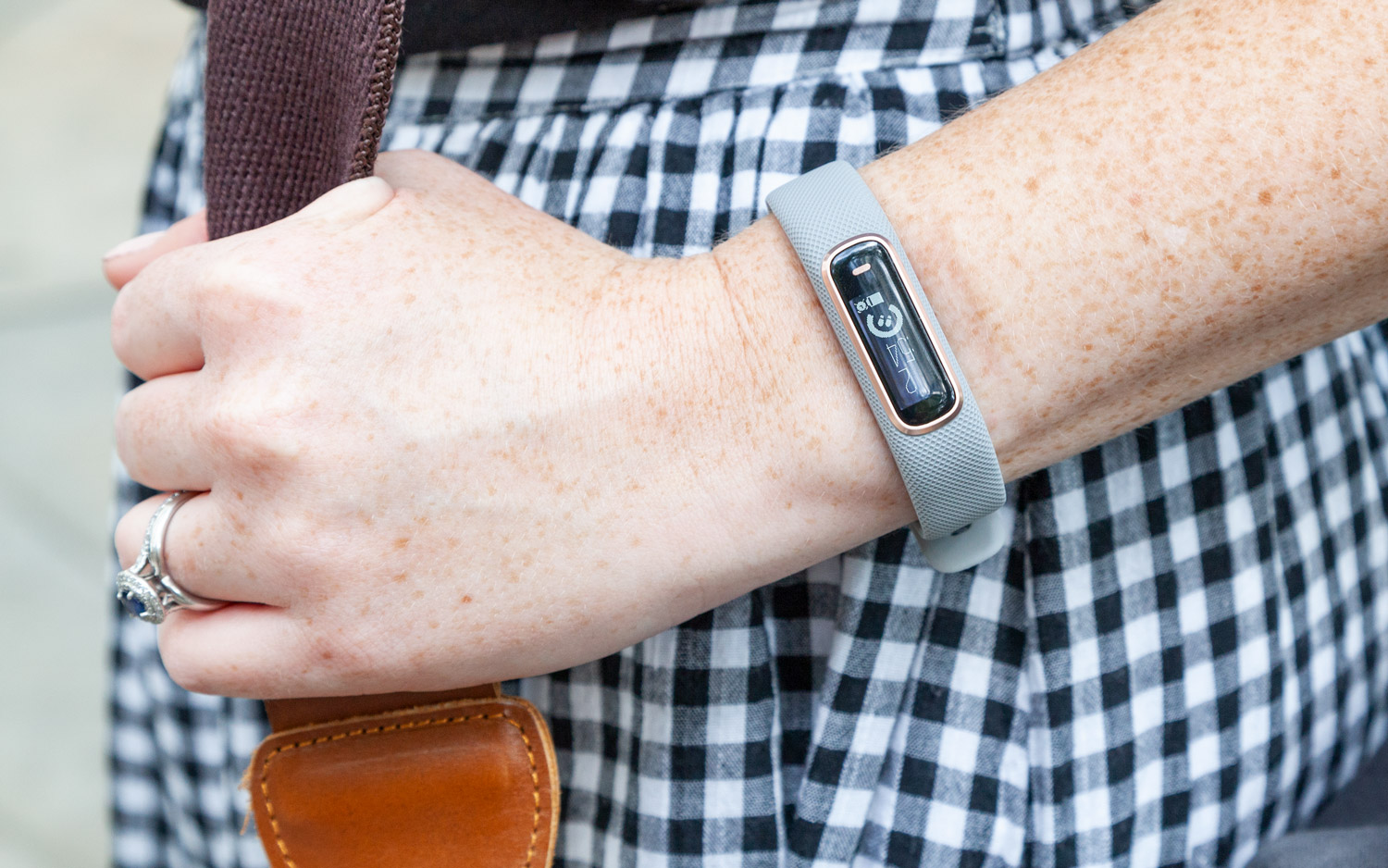
The Vivosmart 4 comes in four colors: gray with rose-gold accents, berry with light gold, azure blue and silver, and black on black. I tested the gray version, which is on trend with its eye-catching rose-gold trim. Several people asked me about the band during the week I spent wearing it (in a good way).
The Vivosmart 4 is one of the better-looking bands around.
The Vivosmart 4 is much thinner than the Fitbit Charge 2, Alta HR and upcoming Charge 3.
Get instant access to breaking news, the hottest reviews, great deals and helpful tips.
… but style has a price
With a slimmer band comes a slimmer screen, and that's where the Vivosmart 4 falls short for me. This display is seriously tiny — so small that you can't even read a full word on-screen. Instead, menu text scrolls horizontally on the vertical screen, so if you glance away, you'll miss the alert. This isn't a huge deal, but everything takes just a little longer than it should.

Notifications on the device tell you which app they're from, but you can't see what a notification says. Same thing with text messages: You'll see who the text is from, but that's it, so you have to pull out your phone to see what it says.
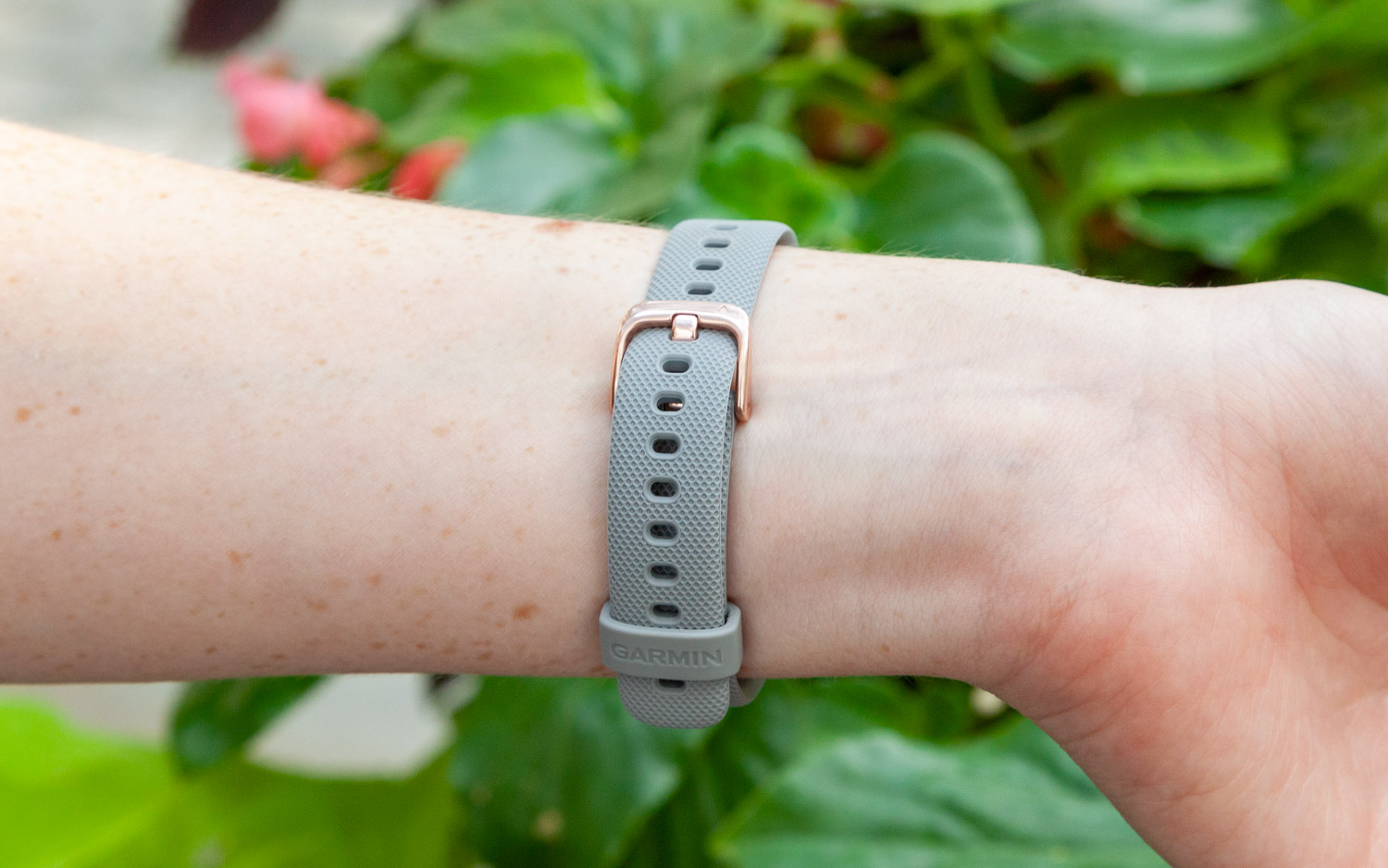
The Vivosmart 4 responds to touch, but it's not a conventionally responsive display. For instance, when starting or ending a workout, you have to double tap on the display — with force. It took me a solid minute to figure out how to finish and save a run; I found myself jabbing at the screen in frustration.
MORE: Fitness Trackers - Latest Health and Activity Trackers
A physical button at the bottom of the screen takes you to the menu where you can select a workout or view settings. The button responds with haptic feedback, but its functionality is limited. A long press of the button to end a workout and a small vibration to alert me would be far more useful.
Fitness: Needs improvement
The Vivosmart 4 is Garmin's most basic activity tracker, which means it lacks GPS on the device itself, and you cannot use your phone's GPS to log mileage. I don't mind if a fitness tracker isn't spot-on, but the Vivosmart 4's estimates were off by a mile (literally).
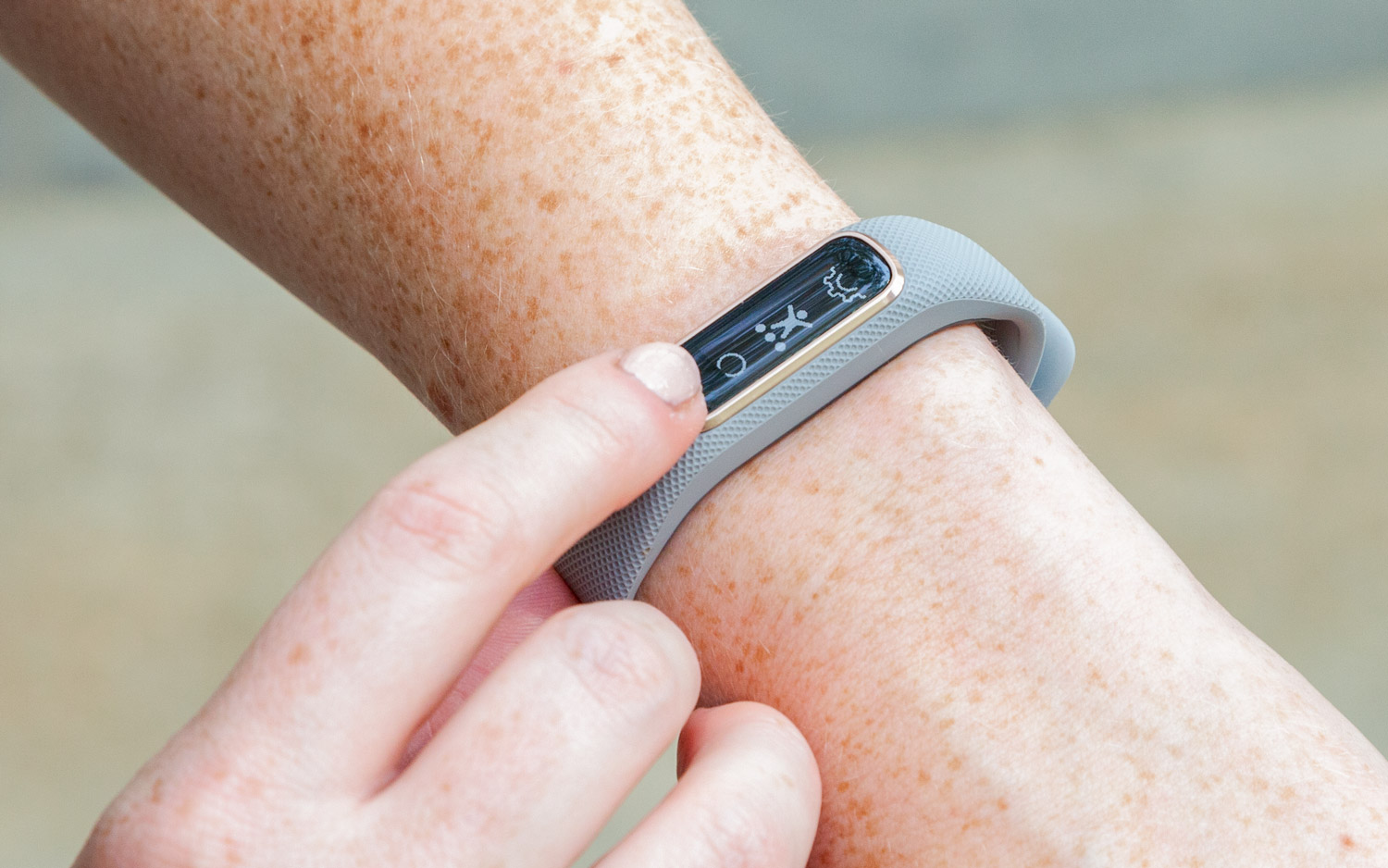
The Garmin Connect smartphone app lets you calculate your custom stride length, which the company says improves the accuracy of workout tracking without GPS. But after speaking with the company, I tried that, and the device still estimated a 3.6-mile run as more than 4 miles.
I don't mind if a fitness tracker isn't spot-on, but the Vivosmart 4's estimates were off by a mile.

The band offers automatic workout tracking for running and walking, so you don't have to launch a workout to log miles. But anyone who wants to track runs accurately will need to buy a more advanced device.
Health: Unexpectedly sophisticated
The Vivosmart 4 falls short when it comes to tracking activity, but its heart-rate-based health tools are more sophisticated than I expected from a budget-conscious band.
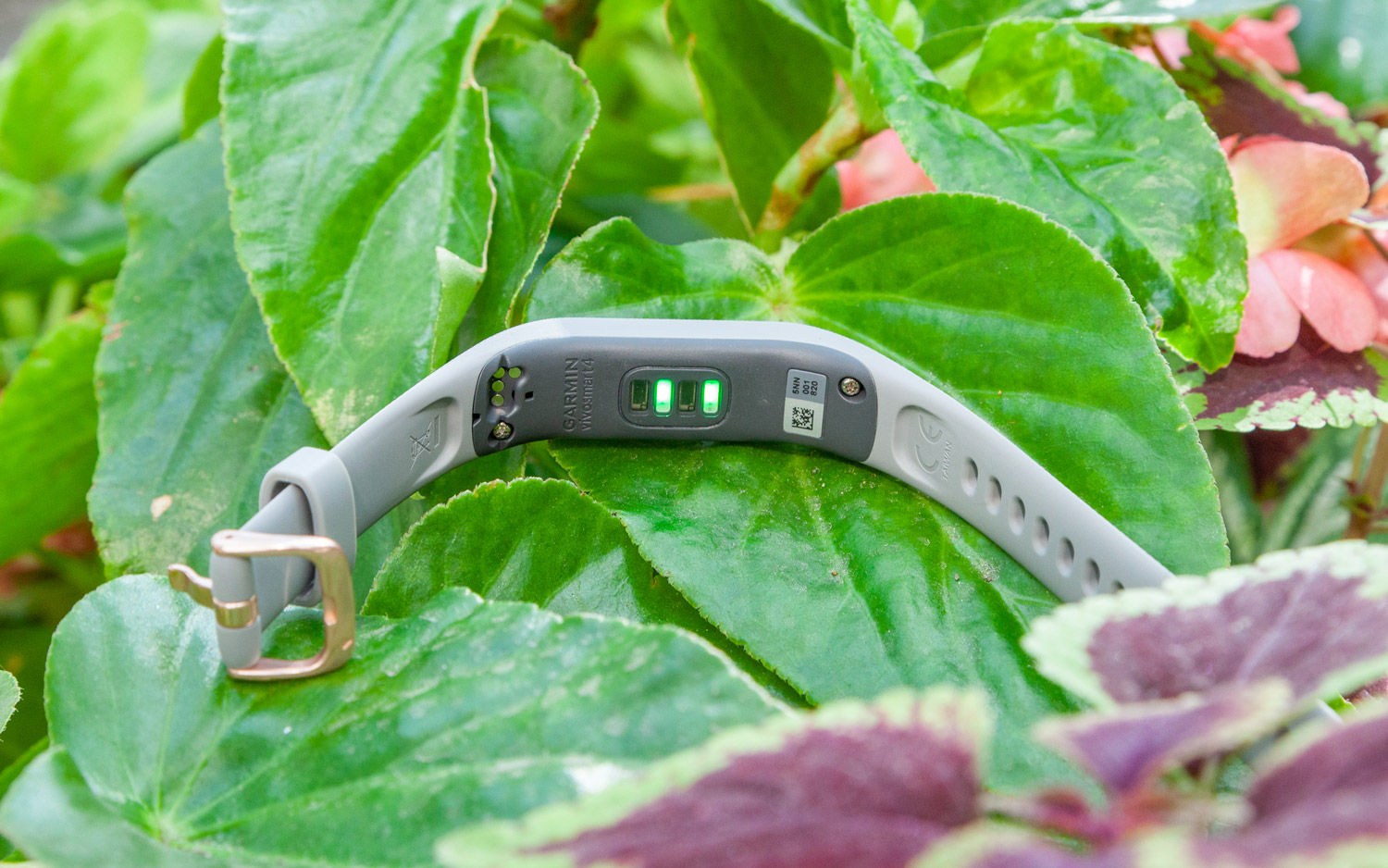
Garmin added an SpO2 sensor to the device, which measures blood oxygenation levels while you sleep. The measurements are graphed as percentages, and the Garmin Connect app shows you the optimal range for those percentages. My average SpO2 reading was 99 percent, which is good. A low SpO2 reading is a sign of breathing difficulties while you sleep, which could be a symptom of sleep apnea. You do have the option to turn off the pulse ox sensor, which diminishes battery life because it remains active the entire time you're sleeping. I awoke one night to see a glowing, red light encircling my wrist, and in my sleepy state, it scared the daylights out of me. Then, I remembered what the device was doing. (It was still terrifying.)
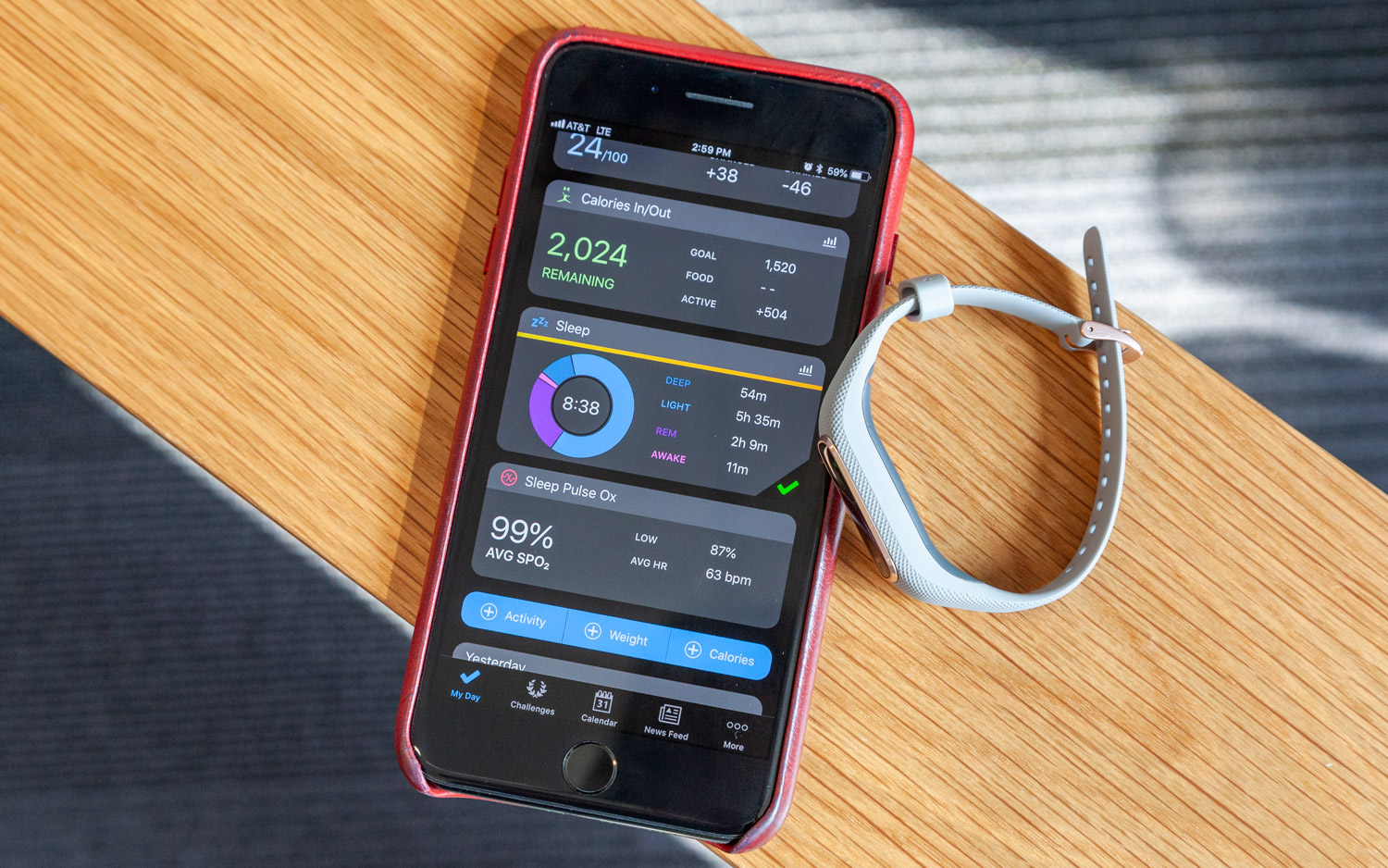
I didn't find the readings all that useful, mainly because they never changed. But for people at risk of sleep apnea or other breathing-related disorders, this metric would likely be helpful.
MORE: Fitbit Eating Your Cellular Data? Here's What to Do
The Vivosmart 4's heart-rate sensor also measures stress, as it did on the Vivosmart 3. This metric affects the new Body Battery feature (more detail on that below), but it's also incredibly interesting to see when your heart rate spiked due to stress. One day was particularly frustrating, with an unnecessarily lengthy commute (thank you, NYC MTA!), deadlines to hit and a trip to plan. A look at my stress dashboard was enlightening — my commute was clearly the biggest stressor of the day.
Body Battery: My favorite feature
I don't know why, but I'm obsessed with the Vivosmart 4's Body Battery feature, which measures your energy levels throughout the day.
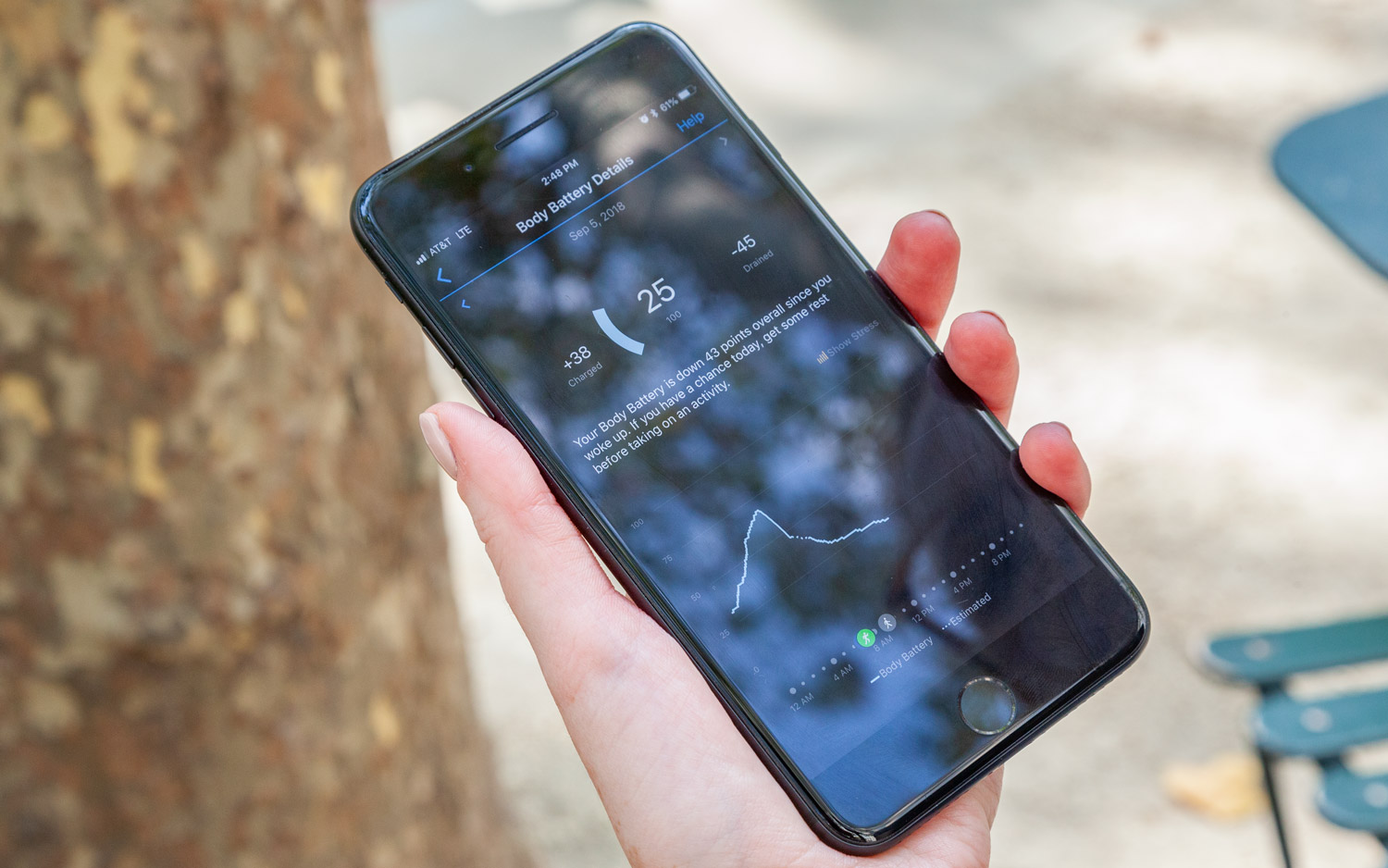
Garmin's app uses measurements from the device — including workouts, sleep and heart rate — to calculate how charged your "body battery" is. On days when I wasn't sleeping well and was being too active, the app alerted me that I needed to rest up. I tried to take its advice by skipping a run on a day when my internal battery was less than 50 percent charged, and I did actually feel more energetic.
Garmin's Body Battery may not be the most scientific way to measure overall health, but it definitely made me more mindful.

Throughout the day, the app shows how drained or charged your body battery is and offers ways to improve it. (Lowering stress and getting more sleep are key.) It may not be the most scientific way to measure your overall health, but it definitely made me more mindful.
Battery Life: Solid, even with sensors
I wore the Vivosmart 4 every day for more than a week and found that it lasted about three and a half days with the pulse ox sensor running all night and daily workouts with heart rate activated. Unless you think you might have a sleep disorder or trouble breathing at night, you probably don't need to activate the pulse ox sensor; you'll easily be able to eke out a few more days of battery life.
Bottom Line
The Garmin Vivosmart 4 proves that fitness trackers still have plenty to offer, even if they can't give you on-the-go EKG readings like the new $399 Apple Watch can. With stylish looks and advanced sleep tracking, Garmin's Vivosmart 4 packs advanced sensors in a slim, long-lasting, affordable package.
But if you really care about tracking workouts, the Vivosmart 4 is not the band for you. Its lack of GPS, even when connected to your smartphone, is a huge drawback. Even custom stride length didn't do much to improve its mileage-tracking accuracy.
I recommend holding off until Fitbit releases its Charge 3 in October. That device sports a full touch-screen display, connected GPS and its own SpO2 sensor for deeper sleep analysis, for just $30 more than Garmin's newest band.
Credit: Tom's Guide
Caitlin is a Senior editor for Gizmodo. She has also worked on Tom's Guide, Macworld, PCWorld and the Las Vegas Review-Journal. When she's not testing out the latest devices, you can find her running around the streets of Los Angeles, putting in morning miles or searching for the best tacos.
